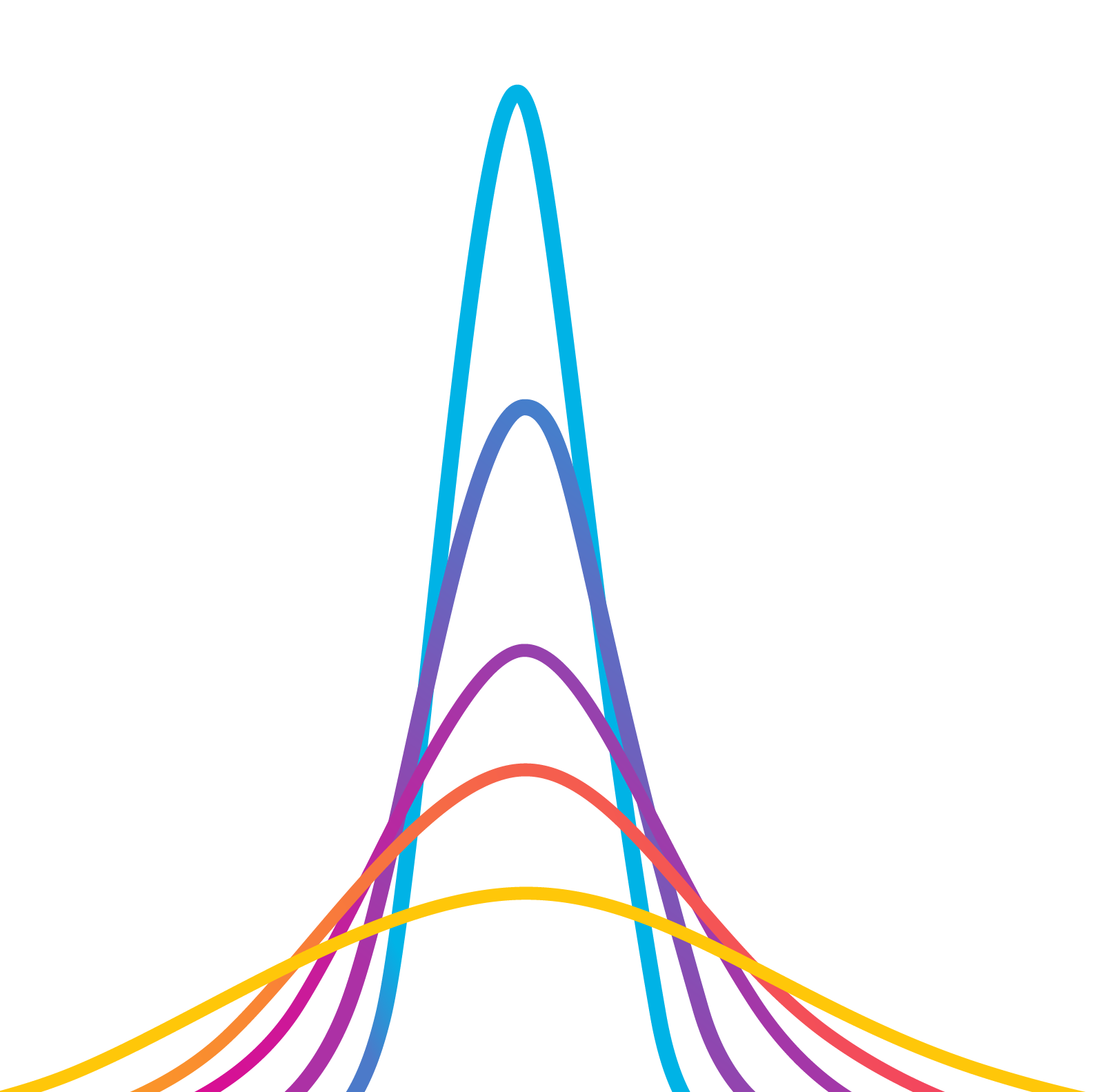
Resource Modeling
& Project Support
Guiding Projects from Data to Defensible Models
Understood Mineral Resources Ltd. provides a comprehensive approach to mineral resource development, applying both deterministic and probabilistic methods depending on client needs. Below is a generalized description of the workflows implemented by Understood.
Our Process
Laying the Foundation with Site and Data Review
We begin with a thorough site inspection, examining drill core and reverse circulation samples, validating exploration databases, and reviewing geological logging procedures. Interviews with project personnel ensure that local knowledge and operational insights are integrated directly into the modeling process, providing a solid foundation for resource estimation.
Data integrity and quality assurance are central to our process. We conduct detailed reviews of sample preparation, laboratory accreditation, analytical methods, QA/QC protocols, and assay verification. Once the data is validated, it undergoes rigorous exploratory analysis and organization to identify trends, anomalies, and relationships that guide model development.
Applying Deterministic and Probabilistic Workflows
Constraining estimation domains are defined based on lithology, geochemistry, and structural information, supported by detailed contact analysis. For deterministic workflows, domains are explicitly modelled or constructed through indicator kriging. In probabilistic workflows, Understood quantifies volume uncertainty using either indicator estimation or geometry imputation processes.
Samples are composited to appropriate lengths, declustered, and analyzed for high-grade outliers using statistical techniques such as Parrish analysis, cumulative coefficient of variation, probability plots, and histograms. In stochastic workflows, the distribution undergoes a normal score transformation. Data imputation will be completed if necessary in either workflow.
Variograms are constructed from the processed data, followed by the creation of a block model that encompasses all estimation domains. In deterministic models, Ordinary Kriging (or Co-kriging in correlated multicommodity deposits) populates the blocks according to variogram-defined spatial relationships, and the model undergoes extensive validation, including swath plots, mean and volumetric comparisons, histograms, Discreet Gaussian Models, and visual inspection. Probabilistic models likely employ Sequential Gaussian Simulation with modeled trends, and may include spatial bootstrap analysis or decorrelation via Projection Pursuit Multivariate Transformation if deemed appropriate.
Block classification is completed in accordance with CIM reporting standards and supported by statistical measures while adhering to the principle that tighter drilling results in reduced uncertainty.
Supporting Clients Across All Project Stages
Although Understood Mineral Resources Ltd. specializes in mineral resource estimation and the preparation of technical reports for public disclosure, our expertise extends well beyond this scope. We provide a range of project support services tailored to the unique needs of each client and deposit. These include 3D geological modelling for drill targeting, drill hole spacing analysis, mine production reconciliation across multiple scales (short-term, long-term, and life-of-mine), statistical validation and correction of historical datasets, and the development of custom geostatistical workflows designed for specific sites and challenges.
Our approach is highly scalable and adapted to the stage of deposit development. For example, consider our work in drill hole spacing analysis. In early-stage deposits, where mineral resources have not yet been declared, drilling often consists of a limited number of holes. Upcoming drill programs are typically designed at spacings that would align with “Inferred” resources. To support clients at this stage, Understood conducts targeted market research to compile a database of comparable deposits, documenting competitor drill hole spacing for Measured, Indicated, and Inferred resources. This benchmarking exercise helps quantify both the opportunities and risks associated with proposed delineation drilling programs.
Reducing Risk Through Spacing Analysis and Benchmarking
Building on this foundation, we complete a general assessment of the optimal drill hole spacing required to achieve an Indicated classification appropriate for the project. Following industry guidance (Nowak & Leuangthong, 2019), our analysis incorporates both indicator variograms and p-grams to assess spacing efficiency and resource confidence. By combining statistical outputs with the compiled spacing database, Understood develops clear recommendations for optimal drilling strategies. In practice, industry convention typically assumes that appropriate spacing for Inferred classification is approximately double that of Indicated classification. We use this principle, informed by site-specific analysis, to ensure that recommendations are technically defensible, cost-effective, and aligned with client goals.
At more advanced stages, such as Prefeasibility Studies, where drill density is greater and spacing varies across the deposit, Understood applies simulation-based approaches to the drill hole study. A “base case” simulation is generated and systematically resampled at various spacings, with each resample simulated to capture how uncertainty changes relative to drill hole spacing while considering projected monthly or quarterly production. This is typically expressed as “Measured spacing was defined to be < X m to be within 15% of predicted for monthly production volumes using an accepted industry probabilistic tolerance of >90%”.
Finally, at the production stage, when drilling is largely complete, simulation workflows can be applied to classify material and evaluate mining risks. These tools provide operators with a quantitative understanding of uncertainty, supporting more reliable mine planning.
Tailored Project Support Services
Through every stage—from discovery to production—Understood delivers practical, technically rigorous, and regulation-ready solutions that reduce risk, optimize cost, and maximize confidence in resource development.
Why Clients Choose Understood
We also provide in-house training and mentoring on your project where we can show you parts or all of the above!






